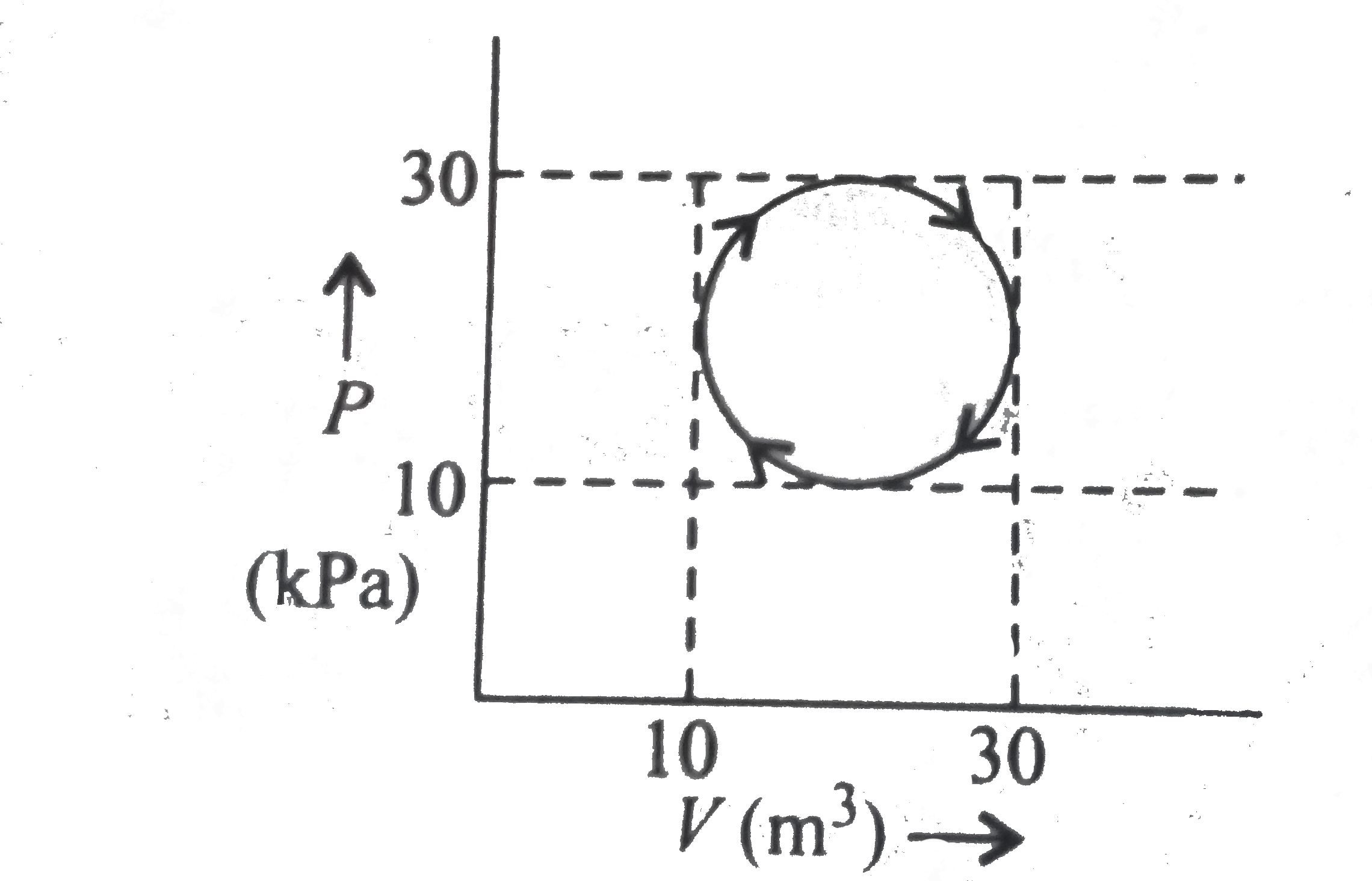Which is not correct for cyclic photophospho- rylation?
No O2 is given off
No water is consumed.
No NADPH2 is synthesised.
PS I and PSII are involved.
To determine which statement is not correct for cyclic photophosphorylation, we need to understand the key characteristics of this process. Here’s a step-by-step breakdown:
Step 1: Understand Cyclic Photophosphorylation
Cyclic photophosphorylation is a process that occurs in photosynthesis, specifically involving Photosystem I (PSI). It primarily generates ATP.
Step 2: Identify Key Features
- Photosystem Involvement: Only Photosystem I (PSI) is involved in cyclic photophosphorylation.
- Wavelength: PSI absorbs light at a wavelength of 700 nm (P700).
- Products: The main product is ATP. No NADPH or oxygen is produced.
- Water Usage: Water is not consumed in this process.
Step 3: Compare with Non-Cyclic Photophosphorylation
In contrast, non-cyclic photophosphorylation involves both Photosystem I and Photosystem II (PSII), consumes water, and produces both ATP and NADPH, along with oxygen as a byproduct.
Step 4: Analyze the Options
Now, let’s analyze the statements given in the question:
1. NO2 is given off: This is incorrect because cyclic photophosphorylation does not involve water splitting, hence no oxygen (O2) or nitrogen dioxide (NO2) is released.
2. No water is consumed: This is correct for cyclic photophosphorylation.
3. No NADPH2 is synthesized: This is also correct since NADPH is produced only in non-cyclic photophosphorylation.
4. PS1 and PS2 both are involved: This is incorrect because only PS1 is involved in cyclic photophosphorylation.
Conclusion
The statement that is not correct for cyclic photophosphorylation is: "PS1 and PS2 both are involved."
Final Answer
The fourth option is incorrect.
---
Cyclic photophosphorylation is a process that occurs in photosynthesis, specifically involving Photosystem I (PSI). It primarily generates ATP.
- Photosystem Involvement: Only Photosystem I (PSI) is involved in cyclic photophosphorylation.
- Wavelength: PSI absorbs light at a wavelength of 700 nm (P700).
- Products: The main product is ATP. No NADPH or oxygen is produced.
- Water Usage: Water is not consumed in this process.
In contrast, non-cyclic photophosphorylation involves both Photosystem I and Photosystem II (PSII), consumes water, and produces both ATP and NADPH, along with oxygen as a byproduct.
Now, let’s analyze the statements given in the question:
1. NO2 is given off: This is incorrect because cyclic photophosphorylation does not involve water splitting, hence no oxygen (O2) or nitrogen dioxide (NO2) is released.
2. No water is consumed: This is correct for cyclic photophosphorylation.
3. No NADPH2 is synthesized: This is also correct since NADPH is produced only in non-cyclic photophosphorylation.
4. PS1 and PS2 both are involved: This is incorrect because only PS1 is involved in cyclic photophosphorylation.
The statement that is not correct for cyclic photophosphorylation is: "PS1 and PS2 both are involved."
The fourth option is incorrect.
Topper's Solved these Questions
Similar Questions
Knowledge Check
Which is not true about cyclic photophosphorylation
AO2 is not releasedBPhotolysis of water does not take placeCNo NADH is producedDOnly P680 is involved.Which one does not occur in cyclic photophosphorylation?
AOxygen is not given offBWater is not consumedCOnly photosystem-I is involvedDNADPH formationWhich of the following conditions are favourable for cyclic photophosphorylation
Aanaerobic condition and high CO2Baerobic and high CO2Caerobic and low light intensityDanaerobic and low light intensity
Which of the following conditions are favourable for cyclic photophosphorylation
View SolutionWhich one is produced during cyclic photo phosphorylation ?
View SolutionWhich one is not correct for a cyclic process as shown in the figure ?

View SolutionWhich one of the following statements about the events of non-cyclic photophosphorylation is correct.
View SolutionWhich one of the following statements about the events of non-cyclic photophosphorylation is not correct
View Solution
